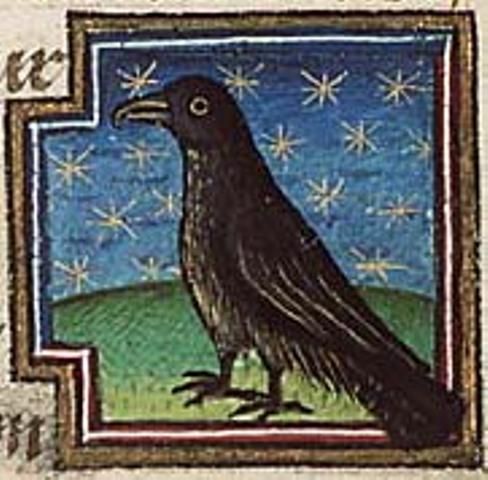















Banshenchas
The Lore of Women
This rare text, "the Lore of Women" is a collection of short descriptions of prominent women in Irish legend. Like many medieval Irish works, it is mythical in nature, but framed in a historical, Christianized context--thus starting with Adam, and tracing the history of the women of Ireland down through the heroic age of myth and legend, and even some Vikings.
Unlike the many anonymous Irish works, the metrical An Banshenchas has a known author, one Gilla Mo-Dutu Ó Caiside, who composed the work in 1147, as it says in his introduction to the poem. Ó Caiside was a native of Meath, of Ard Brecáin. He sought to catalogue all the famous women of Ireland from Adam and Eve to his own time. Copies of his work are found in the Book of Leinster, Book of Hy Many, and the Great Book of Lecan. The prose version seems to be an adaptation of Ó Caiside's work, and appears in the same manuscripts.
The allusions are short; if the full stories of some of these women had been missing, the allusions would be incomprehensible:
Etain was wife of Eochu Aireman. Esa was her daughter, evil were her rites. Her name is given to a lofty spot, allied by her crimes to pollution. Mes Buachalla was Esa's daughter. By her methods mariners were coarsened.
As one can see, we are pointed to the story of The Wooing of Etain; as that story has not been lost, the modern reader understands why one might say that Esa was evil (though in reality, she had no choice in her circumstances)1. Other women alluded to are otherwise unknown.
They were originally translated by Margaret E. Dobbs in the now defunct journal Revue Celtique (vol xlvii-xlix--1930 and 1931). Supposedly, Muireann ni Bhrolchain will publish a translation of both the prose and poetic versions, called An Banshenchas, The Lore of Women; this is slated for 2005.
NOTES
1. For the complete version of The Wooing of Etain, see here, or any number of other sites.
SOURCES: ní Bhrolcháin, Muireann. "The Manuscript Tradition of the Banshenchas." Ériu. Vol. XXXIII (1982).
"The Banshenchus Part I" found at "Banshenchus". I assume this is the Margaret Dobbs translation, but there is no indication.

Back to "B" | Back to JCE
Home
Mary Jones © 2004